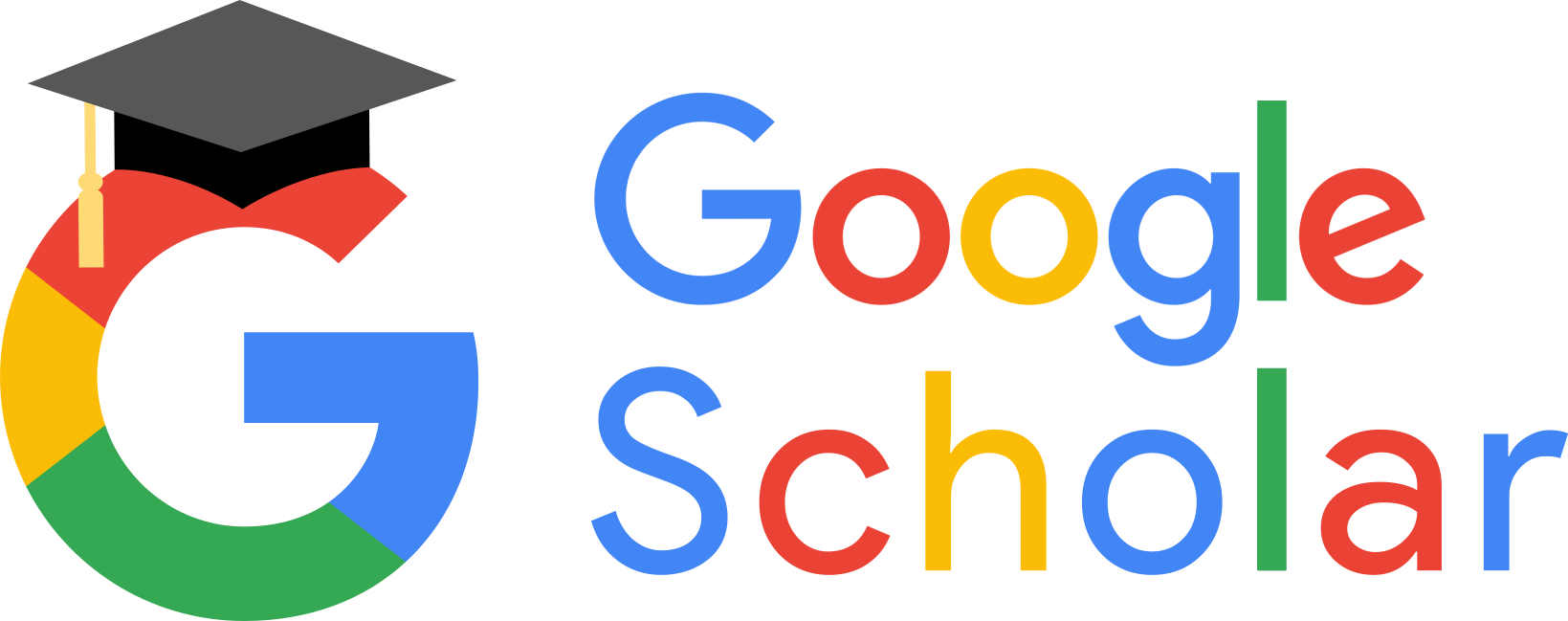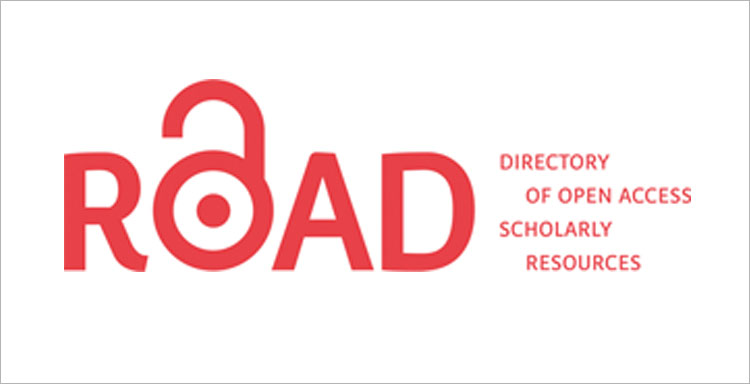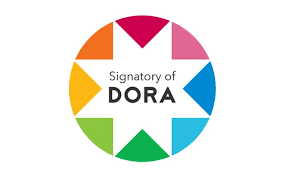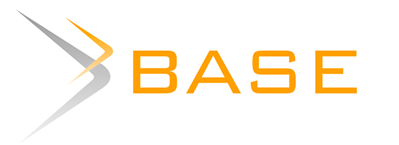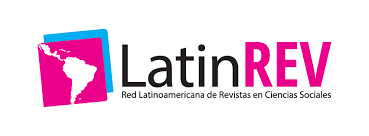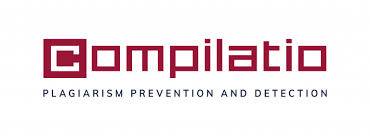Using GeoGebra to understanding of Implicit Derivatives in Engineering
DOI:
https://doi.org/10.56124/sapientiae.v8i16.021Abstract
This article presents an educational intervention in the classroom for Univariate Mathematical Analysis, focusing on the concept of implicit derivatives and their graphical visualization using GeoGebra. The goal was to overcome the difficulties faced by Civil Engineering students in graphing implicit functions and understanding the relationship between the curve and its tangent line at a specific point, which hindered their geometric interpretation of the implicit derivative. The intervention was based on Raymond Duval's theory of semiotic representation registers, which suggests that students achieve a deeper understanding of a mathematical object when they can convert between different representation registers, in this case, from algebraic to graphical representation. An applet was designed in GeoGebra that allowed students to visualize implicit curves of the form F(x,y)=0 and graph the tangent line at a given point. The methodology included using the applet to facilitate the transition from algebraic to graphical representation, allowing for a deeper understanding of the implicit derivative. The results showed a significant improvement in students' ability to understand the relationship between the algebraic expression of an implicit function and its graphical representation. It is concluded that integrating technological tools like GeoGebra, combined with the theory of representation registers, enhances the appropriation of abstract concepts like implicit derivatives by improving the ability to convert between different forms of mathematical representation.
Downloads
References
Acosta, S. F. (2023). Los enfoques de investigación en las Ciencias Sociales. Revista Latinoamericana Ogmios, 3(8), 82–95. https://doi.org/10.53595/rlo.v3.i8.084
Andrade, C. y de los Ángeles, M. y Jaramillo, L. y Leonardo, M. y Caraguay, M. y Cecibel, G. y Ordóñez, E. y Armando, W. (2020). Las Tics como herramienta metodológica en matemática. Revista Espacios, 41(11), 7. https://revistaespacios.com/a20v41n11/a20v41n11p07.pdf
Arteaga, E. y Felipe, M. y Mendieta, J. y Martínez, J. (2019). El GeoGebra: una herramienta tecnológica para aprender matemática en la Secundaria Básica haciendo matemática. Revista Conrado, 15(70), 102–108. http://scielo.sld.cu/pdf/rc/v15n70/1990-8644-rc-15-70-102.pdf
Bautista, M. L. y Victoria, E. y Vargas, L. B. y Hernández, C. C. (2020). Pruebas estadísticas paramétricas y no paramétricas: su clasificación, objetivos y características. Educación y Salud Boletín Científico Instituto de Ciencias de La Salud UniversidadAutónoma Del Estado de Hidalgo, 9(17), 78–81. https://doi.org/10.29057/icsa.v9i17.6293
Duval, R. (1995). Sémiosis et pensée humaine: registres sémiotiques et apprentissages intellectuels. Peter Lang.
Duval, R. (2006). A Cognitive Analysis of Problems of Comprehension in a Learning of Mathematics. Educational Studies in Mathematics, 61(1), 103–131. https://doi.org/10.1007/s10649-006-0400-z
Hernández, O. (2021). Aproximación a los distintos tipos de muestreo no probabilístico que existen. Revista Cubana de Medicina General Integral, 37(3). http://scielo.sld.cu/scielo.php?script=sci_arttext&pid=S0864-21252021000300002&lng=es&tlng=es
Hernández, R. y Mendoza, C. P. (2018). Metodología de la investigación: las rutas cuantitativa, cualitativa y mixta. McGRAW-HILL INTERAMERICANA EDITORES, S.A. de C. V.
Herrera, J. I. (2018). Las prácticas investigativas contemporáneas. Los retos de sus nuevos planteamientos epistemológicos. Revista Scientific, 3(7), 6–15. https://doi.org/10.29394/scientific.issn.2542-2987.2018.3.7.0.6-15
Molina, M. (2022). Paso a paso. Prueba de la t de Student para muestras independientes. Revista Electrónica AnestesiaR, 14. https://doi.org/10.30445/rear.v14i8.1060
Purwanto, A. y Asbari, M. y Iman Santoso, T. y Sunarsi, D. y Ilham, D. (2021). Education Research Quantitative Analysis for Little Respondents: Comparing of Lisrel, Tetrad, GSCA, Amos, SmartPLS, WarpPLS, and SPSS. Jurnal Studi Guru Dan Pembelajaran, 4, 335–351. https://doi.org/10.30605/jsgp.4.2.2021.1326
Puspita, E. y Suryadi, D. y Rosjanuardi, R. (2023). Learning Obstacles of Prospective Mathematics Teachers: a Case Study on the Topic of Implicit Derivatives. Kreano, Jurnal Matematika Kreatif-Inovatif, 14(1), 174–189. https://doi.org/10.15294/kreano.v14i1.42805
Sánchez, R. y Borja, A. (2022). Geogebra en el proceso de Enseñanza-Aprendizaje de las Matemáticas. Revista Científica Dominio de LAS CIENCIAS, 8(2), 33–52.
Sánchez, D. V. (2022). Técnicas e instrumentos de recolección de datos en investigación. TEPEXI Boletín Científico de La Escuela Superior Tepeji Del Río, 9(17), 38–39. https://doi.org/10.29057/icea.v9i17.6019
Vizcaíno, P. I. y Cedeño, R. J. y Maldonado, I. A. (2023). Metodología de la investigación científica: guía práctica. Ciencia Latina Revista Científica Multidisciplinar, 7(4), 9723–9762. https://doi.org/10.37811/cl_rcm.v7i4.7658
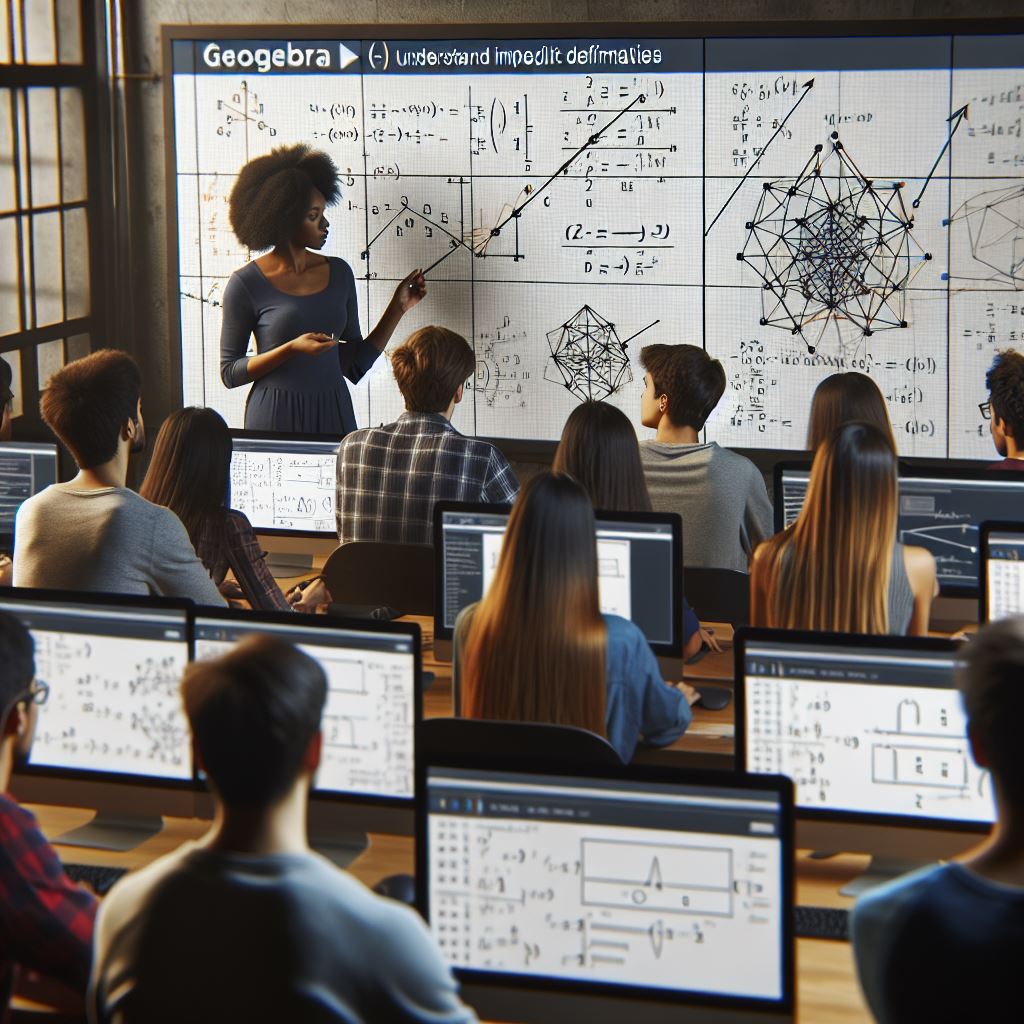
Published
How to Cite
Issue
Section
License
Copyright (c) 2024 Revista Científica Multidisciplinaria SAPIENTIAE. ISSN: 2600-6030.

This work is licensed under a Creative Commons Attribution-NonCommercial-ShareAlike 4.0 International License.
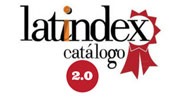
2.jpg)

